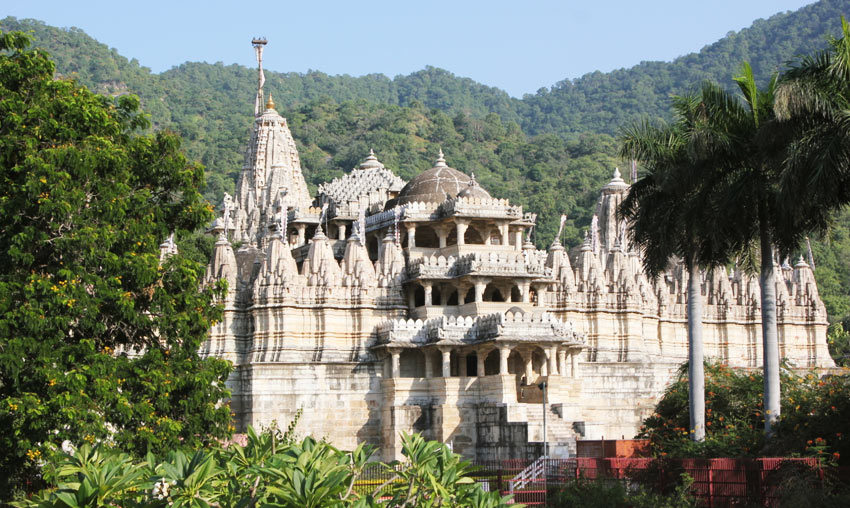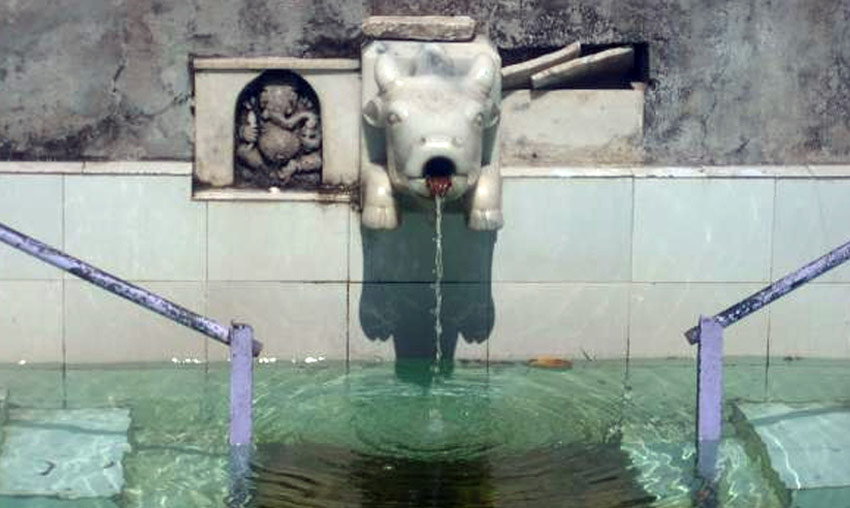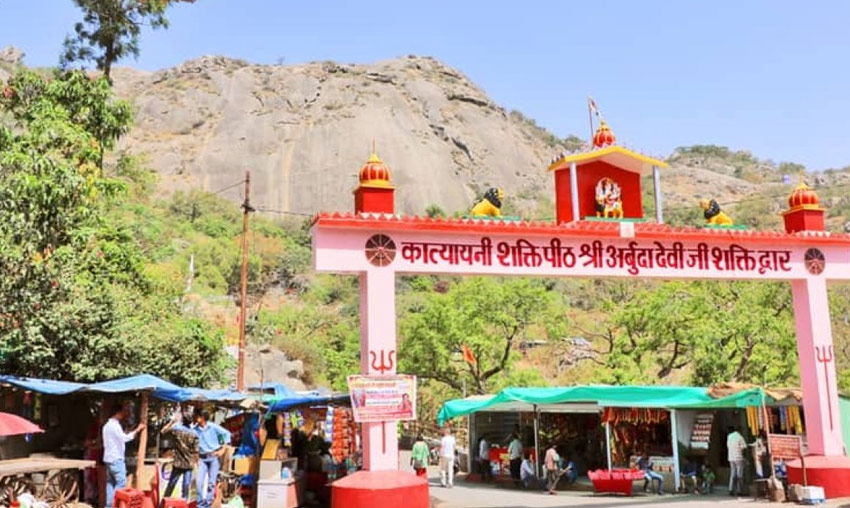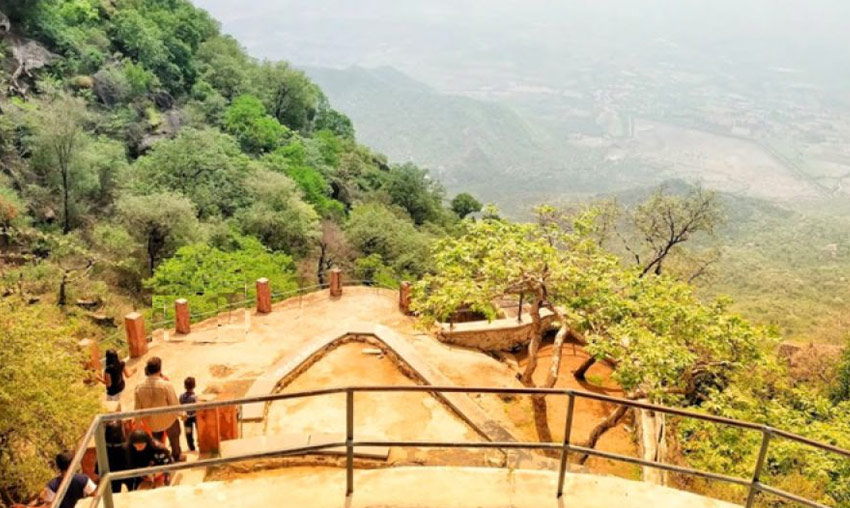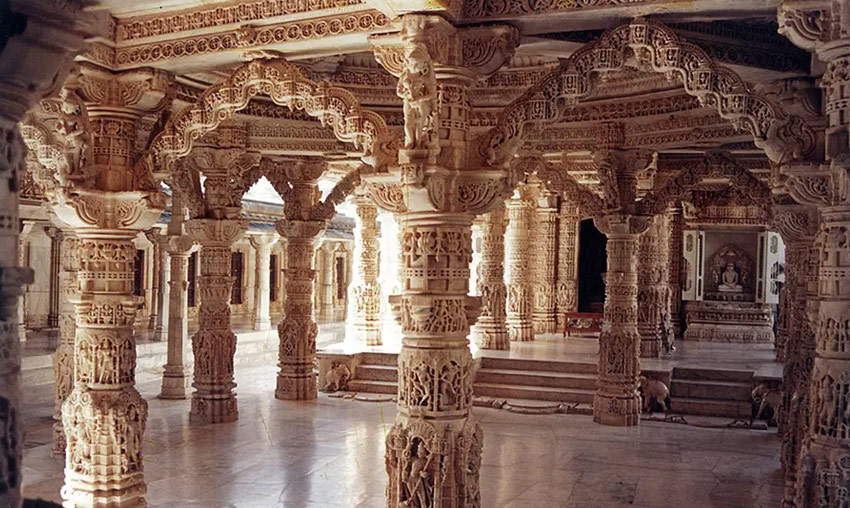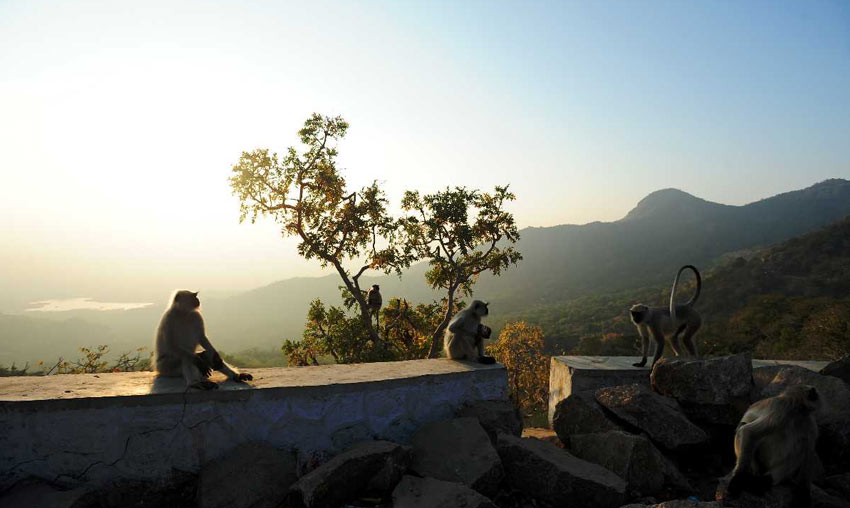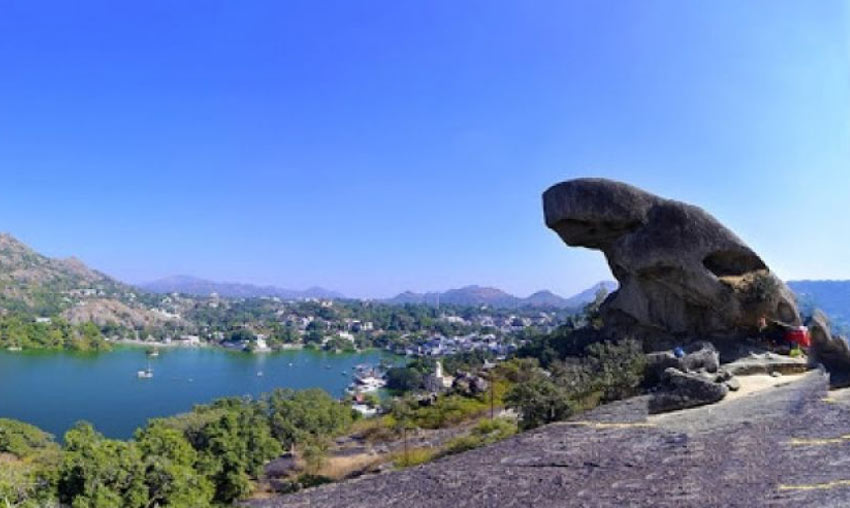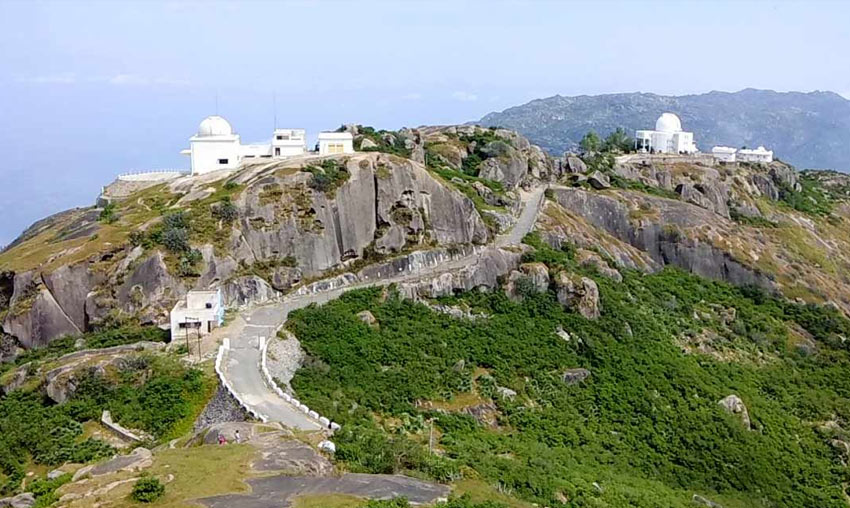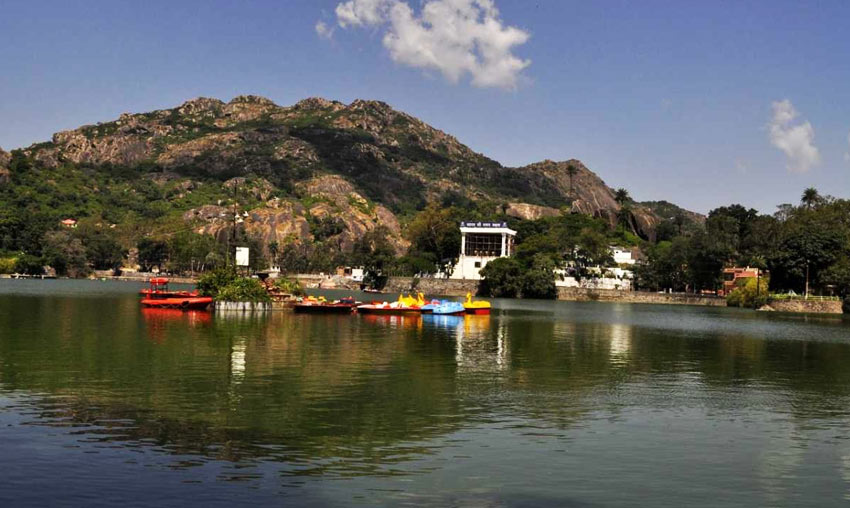Dilwara Temples Mount Abu (Timings, History, Entry Fee, Images, Aarti, Location & Phone)
The most exquisite Jains’ pilgrimage place is the Dilwara Temple, which is situated in the verdant Aravalli highlands of Mount Abu, Rajasthan. Known for its lavish use of marble and elaborate carvings on every hook and corner, this temple was designed by Vastupal Tejpal and constructed by Vimal Shah between the eleventh and thirteenth centuries. The Dilwara Temple is somewhat austere from the outside, but as soon as you go inside, you will be enthralled by the exquisite patterns and designs carved onto the walls, roofs, archways, and pillars.
Lord Adinath, Lord Rishabhdeo, Lord Neminath, Lord Mahavir Swami, and Lord Parshvanath are the respective deities of the five equally alluring temples that make up the Dilwara Temple: Vimal Vasahi, Luna Vasahi, Pittalhar, Parshavanatha, and Mahavir Swami Temple. The two most well-known of these five are Vimal and Luna Vasahi. Each of these temples features Navchowki, a collection of nine ornate ceilings, Rang Mandap, a centre hall, and Garbhagraha, the innermost sanctum where the Lord resides. Other spell-bounding constructions are Hathishala and Kirthi Stumbh. Dilwara Temple teaches you about Jain beliefs and principles through its austerity and simplicity.
Dilwara Temples Architecture
Because of the amazing use of marble in its construction, the Dilwara Temples are regarded as the most exquisite Jain pilgrimage destinations in the world. The temple complex is surrounded by a tall wall and stands amid the wooded hills. From the outside, it appears to be pretty basic. The lavish temple embodies the Jain ideals of simplicity and honesty through its elaborately carved pillars, ceilings, entryways, and panels.
The architecture, which is a compilation of old documents, was influenced by the Nagara style. The five temples that make up the Dilwara Temples are all single-story and the same size. All of the temples have 48 pillars, each of which features lovely female figurines in various dancing positions. ‘Ranga Mandapa’, the temple’s dome-shaped ceiling, is its greatest attraction. It features a structure like a chandelier in the centre of the roof, surrounded by sixteen stone idols of Vidyadevi, the goddess of knowledge. Other carving designs include abstract patterns, lotuses, and gods.
The Five Marvels Of Dilwara Temples
The opulent Dilwara Temple consists of five temples built over the centuries. They are-
1. Vimal Vasahi Temple: The most well-known and ancient of all the temples is Vimal Vasahi Temple, which is devoted to Lord Adinath, the first Jain Tirthankar Lord. In 1021, Gujarat’s Solanki Maharaja, Vimal Shah, constructed it. Its doors, mandaps, roofs, and ceilings are all intricately carved. The flawless designs of lotuses, petals, flowers, murals, and mythological scenes are just breathtaking. The temple, which was built in an open courtyard, is encircled by a passageway that houses smaller Tirthankara idols. The idol of Lord Adinath is housed in the main hall, Gudh Mandap. The temple is said to have cost Rs 185.3 million and taken 14 years to construct, using 1,500 masons and 1,200 workers.
2. Luna Vasahi Temple: The Luna Vasahi Temple was constructed in 1230 and is devoted to Lord Neminath, the 22nd Jain Tirthankara. The second notable temple was constructed in 1230 in honour of their brother Luna by two Porwad brothers, Vastupal and Tejpal, who were both ministers of Virdhaval. The central chamber is called the Rang Mandap, and it contains 360 statues of Jain monks and 72 sculptures of Tirthankaras arranged in a circle. It also features a huge black stone pillar known as Kirthi Stambh and a Hathishala that is home to ten marble elephants. Nine exquisitely crafted ceilings can be found in a Navchowki.
3. Pittalhar Temple: Constructed by Bhima Seth, this third temple honours Lord Rishabdeo, the first Jain Tirthankara. In the temple is a massive figure of Lord Adinath composed of brass and five metals. This temple also features a Navchowki, Gudh Mandap, and Garbhagraha.
4. Parshwanatha Temple: Constructed by Mandlik in 1459 as a devotion to Lord Parshavanath, the 23rd Jain Tirthankar Lord, this three-story structure is the tallest of all the temples. The temple features four main halls with impressive carvings on the grey sandstone walls.
5. Mahavir Swami Temple: This relatively smaller temple, which is devoted to Lord Mahavir, the 24th Jain Tirthankara Lord, will captivate you just as much. It was constructed in 1582 and features a number of paintings by Sirohi artists.
Tips
1. At Dilwara Temples, bathing is required prior to offering a puja for the idols. There are facilities for bathing on the property.
2. The temple does not permit the use of cameras, cell phones, belts, etc. You may, however, bring your wallet with you. To protect your possessions, the temple has lockers.
3. Shorts and skirts that fall below the knee are prohibited for women. Shorts are likewise discouraged for men.
4. There are free guides available to show you around. You can therefore avoid hiring one from outside the temple.
Timings : For Jains: 6:00 AM – 6:00 PM,
For Non-Jains: 12:00 PM – 6:00 PM
Time Required : 2-3 hrs
Entry Fee : Free
